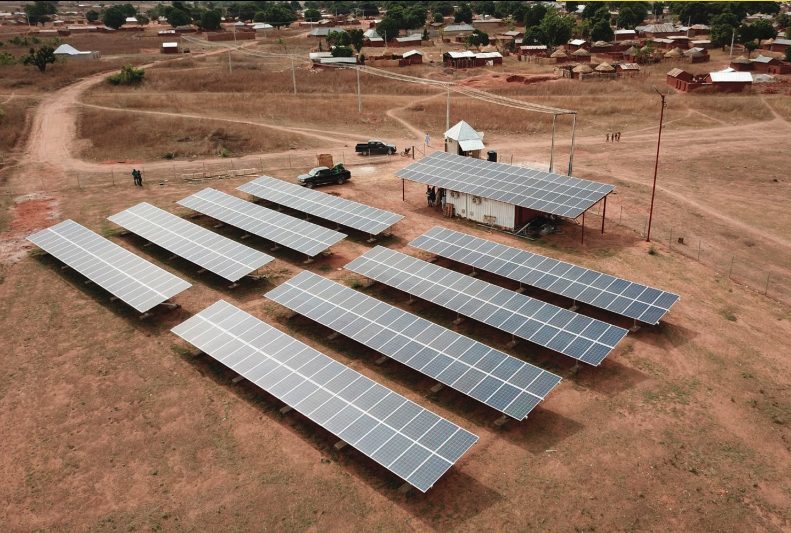 01 March 2014, Kampala – After the next five to 10 years, the 60-year-old Owen Falls dam in Jinja could cave in, if the cracks and damage to the dam are not repaired, an official of Eskom, the hydro power generation company, has said.
01 March 2014, Kampala – After the next five to 10 years, the 60-year-old Owen Falls dam in Jinja could cave in, if the cracks and damage to the dam are not repaired, an official of Eskom, the hydro power generation company, has said.
Huge cracks continue to develop in the walls and supporting pillars of the dam. Water continuously sips through the gaping holes, expanding the cracks and making the dam weaker by the day.
While conducting a guided tour in Jinja on Tuesday, Eskom Uganda Managing Director Nokwanda Mngeni said that the government of Uganda (GOU), which is the asset owner, and the company were aware of the extent of the damage to plant. She said the cracks were constantly monitored and a GOU engineer receives a report on the damage.
“There is no plan to deal with the cracks because we found them there. They are a symptom of expanding cement. Eskom, together with government of Uganda, are looking at how long the plant will be run. We have discussed plans to refurbish the dam and we looked like we had agreed but nothing happened. For us we cannot do much because we are not the asset owner,” Mngeni said.
At the time of construction, the foundation of the dam was built using cement imported from Britain. But when local cement factories opened in Uganda, the contractors then used locally-produced cement which was inferior to the high-grade imported cement. Eskom engineer Richard Agaba said dams were constructed to last at least 50 years. But the Owen Falls dam, which was opened in 1954, is 60 years old.
Mngeni, however, said there would be no immediate crisis at least in the next five to 10 years.
“When you rent someone’s house and it starts falling apart, you have to engage them about the leaks and cracks well within time. The cracks are moving but not significantly or even to a point of danger. It has been happening since six years ago but nothing has happened,” Mngeni says.
If the dam is damaged, this could heavily affect Uganda’s electricity supply. From their 10 power generating units at Owen Falls dam, each unit generates 18 megawatts per output. Eskom’s Kiira dam has five units and each generates 40 megawatts per output.
The company has a total output of 380 megawatts but generates 240 megawatts during peak hours between 7pm and 11pm as demanded by Uganda Electricity Transmission Company LTD. Of the 480 megawatts total national demand, Eskom currently contributes at least 47 per cent to the country’s total power consumption.
Occasionally, Eskom is called upon by UETCL to supply more in case of a shortage when some smaller dams break down and cannot supply electricity. On February 22, the electricity company marked three years of an incident-free working environment at their Nalubaale and Kiira plants in Jinja.
“In those three years, we have managed not to be part of the statistics even if we work with electricity, water, heavy machinery and oil. We have communicated, trained and institutionalised risk assessment. All our leaders and employers have been trained on safety,” Ms Mngeni said.
Before this, there were several injuries at the plant annually, including a worker who slipped and fell into turbine and died in 2006.
“After that incident, nobody could work so this was a cost to us in terms of time, morale and insurance,” Mngeni said.
– The Observer



